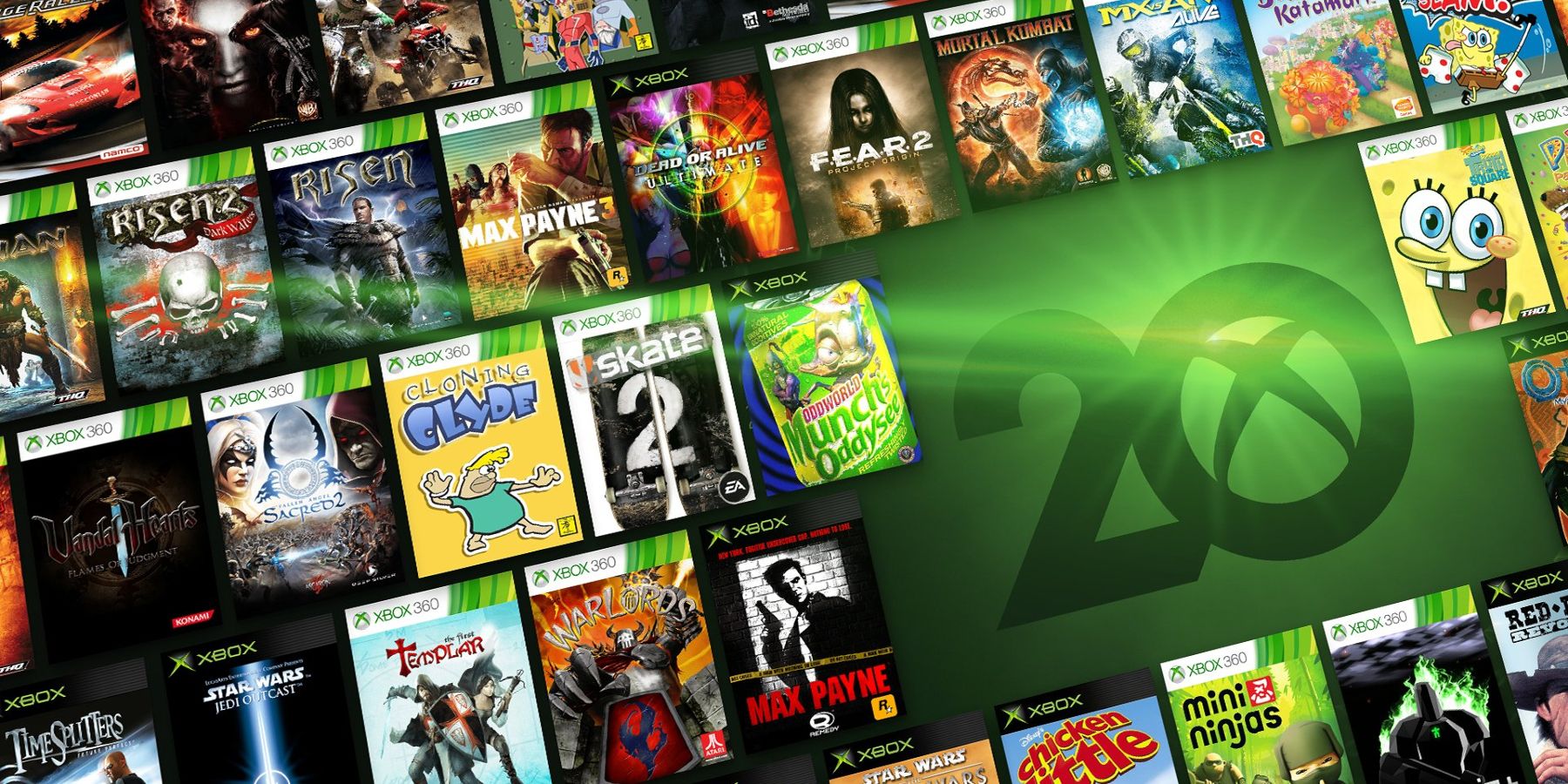The Uphill Battle for Original Xbox Backwards Compatibility on Xbox 360
While backwards compatibility was a welcome feature for Xbox 360 owners initially, maintaining compatibility with the vast original Xbox library over time posed challenges that Microsoft was never fully able to overcome. Even today, many classic Xbox games can only be reasonably experienced on the console they were designed for. Let’s examine the rocky road of backwards compatibility support on the Xbox 360 and consider lessons for preserving older libraries going forward.
Early Promising Start
When the Xbox 360 launched in 2005, it offered partial backwards compatibility for the original Xbox through emulation software built into the console. This allowed existing Xbox owners to continue playing their library while the 360 lineup was still in its early stages. Microsoft continued expanding the official Xbox 360 backwards compatibility list in the initial years, bringing the total to over 400 supported games. For many early adopters, this bridged the gap and eased the transition to the new generation.

Glitches and Surprises
However, not every original Xbox game functioned flawlessly. Some presented visual glitches or stability issues through emulation. Performance also varied based on factors like disc condition. In a disappointing turn, certain games would abruptly stop working after a system update as compatibility broke down over time. One user remembers their copy of Tron 2.0 ceasing to load following a patch. While backwards compatibility was touted as a feature, the experience came with caveats and surprises.
Fading Functionality
Troublingly, certain games that customers played for years without incident would suddenly display compatibility error messages. Despite being officially supported, titles like Fallout: Brotherhood of Steel refused to boot up where they functioned perfectly before. Eliminating saved data or using different video cables did not resolve the new issues. Forum discussions indicated this was not an isolated case, yet the cause remained mysterious. As the Xbox 360 aged, maintaining emulation compatibility proved an overwhelming technical challenge.
The Elusive Compatibility List
The extensive Wikipedia list of Xbox 360 compatible original Xbox games documents over 460 that can be played. It provides release year, region, and known bugs for each entry. However, it does not clarify why compatibility breaks down over time or address reports of games losing functionality without explanation. Customers wanted transparency on the list’s reliability and longevity but received little clarification from Microsoft. While a helpful reference, it did not guarantee enduring backwards compatibility as the platform continued its lifecycle.
Running on Fumes
By the late 2010s, most saw the Xbox 360’s primary releases winding down. Outside of annual sports franchises like FIFA and NBA 2K present on all consoles, third-party support dwindled. Indie games and remasters sustained the marketplace, but few major exclusive titles emerged. It was clear the system rested on its extensive backwards compatible library to retain value for existing users. Reliance on emulating the original Xbox grew all the more important to its replayability down the line.
Preservation Concerns Emerge
With the Xbox 360 entering its twilight years and original Xbox emulation proving temperamental, many worried how they could continue experiencing classics from the sixth console generation. As the installed base of original Xbox units declines through age and hardware failures, the ability to access its extensive catalog becomes endangered. Microsoft showed limited urgency in archiving this important portion of gaming history. Meanwhile, technological limitations, licensing complexities, and costs presented obstacles to a comprehensive solution.
New Models of Accessibility
Services like Xbox One backwards compatibility, PlayStation Now, and Nintendo Switch Online try novel approaches to game preservation and accessibility across generations. Microsoft’s program brings select Xbox and Xbox 360 titles to new hardware via direct emulation. Meanwhile, PlayStation Now and similar streaming platforms offer huge retro libraries through cloud gameplay. For those with bandwidth, it provides an on-ramp to older eras. However, performance and selection vary greatly between services.
Physical and Digital Dichotomy
Collectors still fiercely advocate for keeping original physical discs and cartridges playable on modern TVs. There is nostalgia and value tied up in owning the original media. In contrast, digital distribution allows preservation at massive scale but removes ownership. Licensing roadblocks also endanger digital libraries becoming inaccessible over time. No perfect model exists, as platforms must balance preserving history, collector interests, and the business challenges around old software ecosystems.
Emulation’s Enduring Role
As original consoles age out of widespread use, emulation will remain crucial to maintaining access to older games. While technical hurdles slowing Xbox 360 compatibility were discouraging, the software showed the potential of simulating older architectures on new hardware. With upgraded emulators optimizing for modern CPUs and continual software improvements, more comprehensive preservation of sixth-generation console libraries seems feasible. By taking a long-term view and committing dedicated engineeringresources, platforms can better serve history and customers.
A Lesson in Managing Expectations
The Xbox 360 demonstrated both the promise and limitations of backwards compatibility efforts so far. While supporting some original Xbox games, long-term functionality fell short of marketing language. Platform holders must properly set expectations, explain technical restrictions, and commit to transparency around retro support lifecycles. By learning from experiences like the Xbox 360, generation-spanning solutions can mature to serve both preservation and the user experience into the future. In evaluating the legacy of original Xbox game compatibility on Xbox 360, it is clear much progress remains. But emulation-based approaches point towards optimism if given focused development. By focusing on accessibility, ownership interests, and clear communication, the industry can enhance how we experience the gaming heritage of generations past.